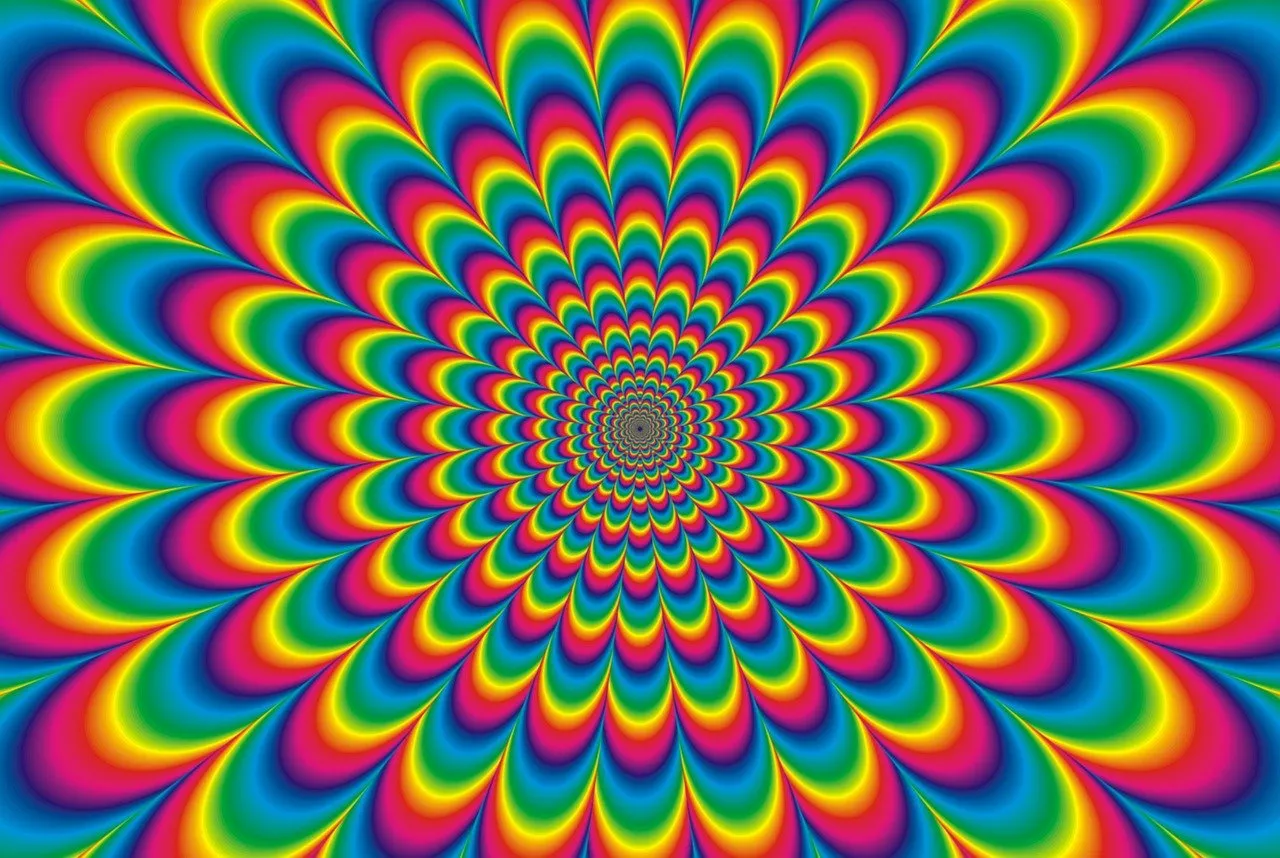‘Do colors affect our behavior and emotions?’ You might have chanced upon this topic while scrolling through your favorite sites, or perhaps it has even popped up in your latest social conversation. Imagine being able to manage your mood, simply by manipulating the shades around you. Intriguing, isn’t it? Let’s wade together into this whirlpool of colors and emotions. Donning the spectacles of esteemed psychiatrist and psychologist, we present to you an in-depth excursion of color psychology.
The Power of Colors: An Intuitive Understanding
While it might seem instinctively obvious to some, others might need convincing. So, does color truly bear an impact on our psyche? The quick answer: Yes. However, the spectrum of emotion attributed to each color can vary based on a range of factors. Cultural background, personal bias, and even societal norms can dramatically sway one’s emotive response to color.
Decoding the Spectrum
Do you ever wonder why blue evokes a sense of calm, while red triggers alertness? Is it just happenstance, or is there a science behind it? Let’s dive into some frequently associated feelings induced by basic colors:
- Blue: Often associated with the tranquility of the ocean and the broad, open sky, blue subconsciously ushers a feeling of calm and peace.
- Red: As red is an intense, visually powerful color, it incites solidity, passion, and even urgency.
- Yellow: Associated with sunshine, yellow often brings forth apparent happiness and positivity.
- Green: Linked with the lush abundance of nature, green symbolizes birth, fertility, and growth.
Note: The above-listed associations are generalized. Individual interpretations can always diverge.
Color Psychology in Everyday Life
Color psychology has changed the face of our homes, workplaces, and even marketing strategies.
What is the most calming color?
Answering this question leads us back to personal interpretations, but typically, people lean towards blue or green when seeking calmness.
What color makes people happy?
Yellow is frequently associated with happiness. However, if overused, it could potentially lead to feelings of frustration and anger.
From the Other Side of the Couch: Therapists’ View
Emphasizing the role of color in therapy sessions is now more prevalent than ever. Whether it’s about boosting creativity or complements for meditation, the correct color scheme influences the success of a therapy session greatly.
How do therapists use color psychology?
Fitting color stimuli into therapy sessions can impact mood, feelings, and behavior. With careful use, colors can potentially aid mental processes, lower stress, increase memory power, and stimulate healing.
Questioning the Crayon Box: A Summary Perspective
‘Is color psychology the secret Klondike of mind management?’
Though research in this field is still relatively new, one cannot deny the surging interest in color psychology. From the way we design our spaces to whether or not we should buy that red dress, the subconscious influence of colors on our mental state is an intriguing concept to consider. The ability to stimulate emotional states just by altering our color palette? Now that’s a testament to the power of the spectrum.
While it’s evident that colors have a highly subjective impact on individuals, the validation that colors bear a significant role in our lives is undeniable. However, to call it a replacement for conventional psychiatry would be premature. It’s a supplement, an aid that works in harmony with other therapies and personal growth strategies.
Remember, we are not just color-coded beings in a black-and-white world; we carry our vibrant spectra on the inside. So, perhaps it’s time we decoded our personal rainbow. In the words of John Ruskin, “The purest and most thoughtful minds are those which love color the most.”

